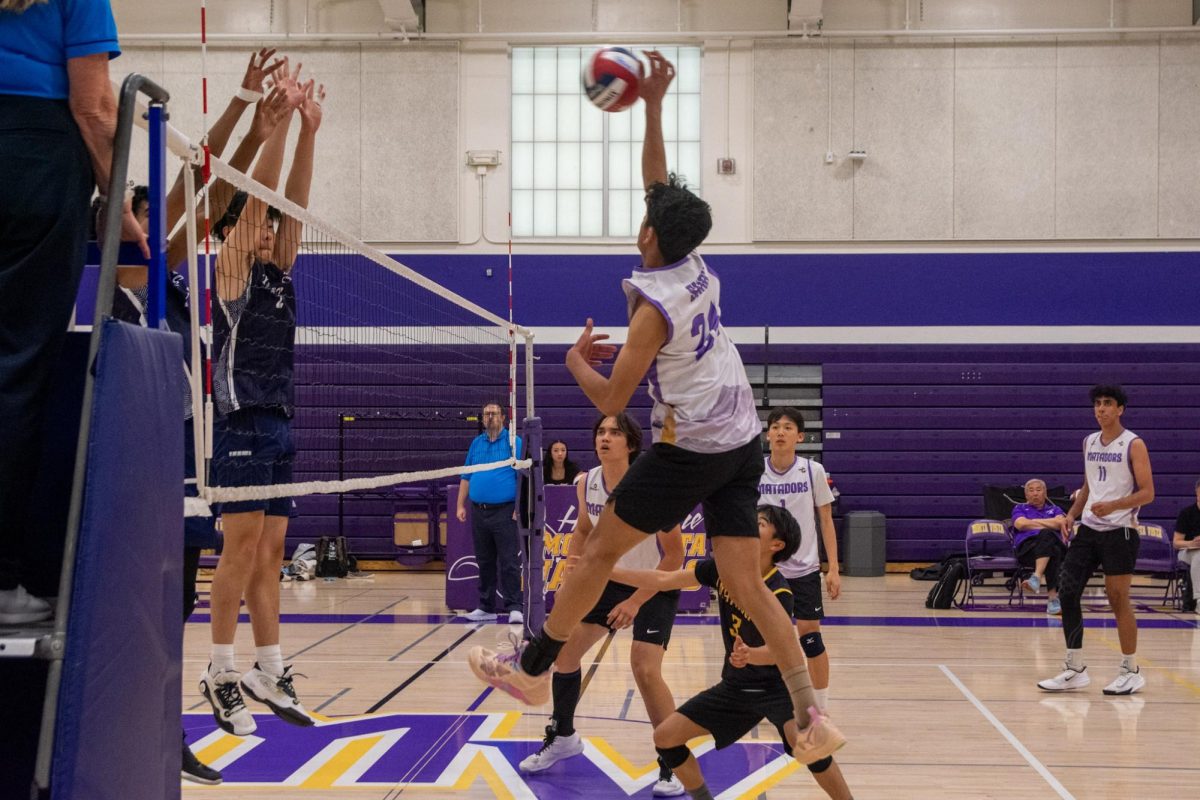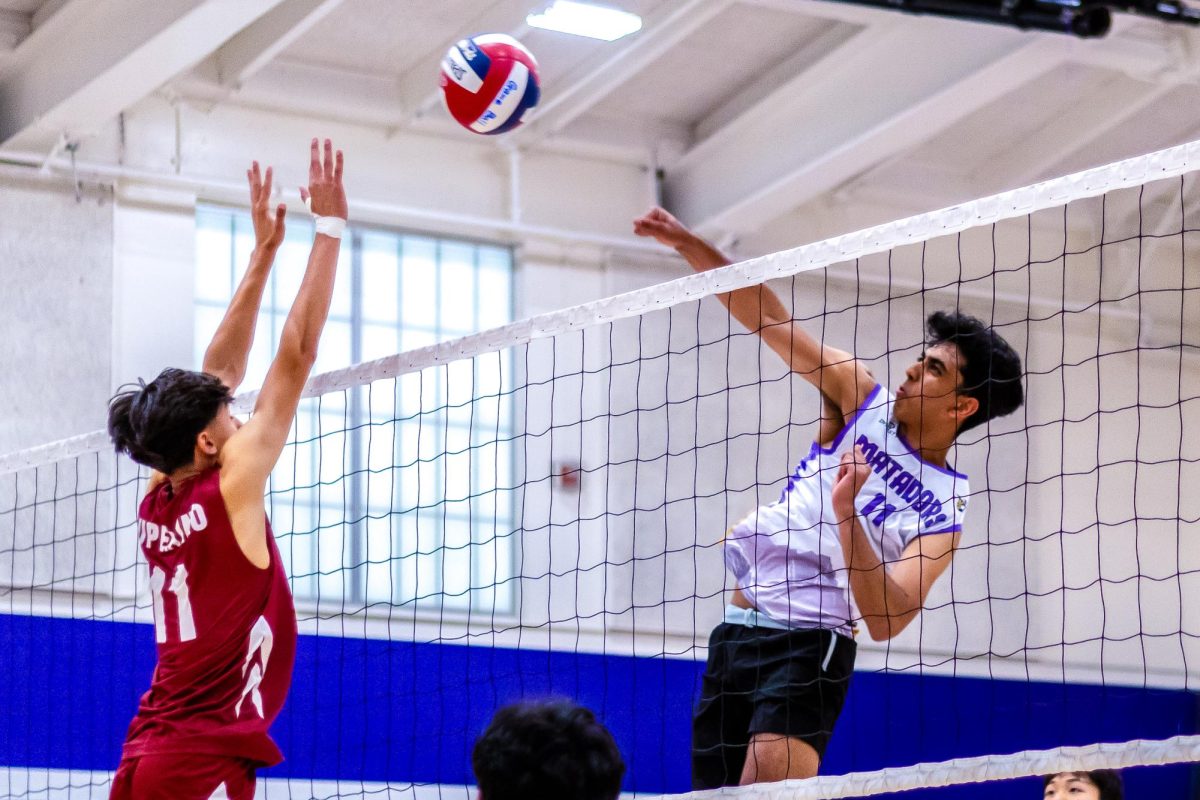 Players make the three-month-long switch from spring to fall sports
Players make the three-month-long switch from spring to fall sports

When students get home from school next Thursday, backpacks will be thrown hastily into closets and garages, not to see the light of day again until August rolls around. But many an athletic duffel will meet a different fate.
For some athletes, summertime isn’t just an opportunity for players to hone their games or strengthen their bodies; it’s a necessary transition between spring and fall sports that, as similar as they seem, represent completely different training routines and in-game mindsets.
Sophomore Brendan Duffy, a long-time competitive swimmer who took up water polo four years ago for its added strategy and intensity, has made the summer transition several times to account for the technical differences between the two sports.
“For water polo, of course, you have to add the aspect of ball-handling, and all the other types of things you see in team sports,” he said. “You do need to know how to swim well, you do need to be fast, but you also need to know the plays, how to use the ball, how to handle it.”
According to Duffy, a first-year member of both sports’ varsity teams, practically all of his water polo teammates also swim competitively in the spring to develop speed and endurance.
But when school ends, their focus switches away from swimming laps and back towards developing polo mechanics and spending time in the weight room. Besides the daily hour-and-a-half of practice with the MVHS squad, many participate in club teams and hire personal trainers, making water polo a 20-hour-a-week commitment. The training can take its toll.
“I think that [getting ready for] water polo is a little more intense,” Duffy said. “With swimming, you’re just going back and forth, and it gets tiring because you’re focusing on endurance. But with water polo, you have to focus on strength, so you feel more sore. You have more intense workouts.”
Exercise regimens also change over the summer for runners, who must adjust between the track and cross-country seasons. While the track team usually repeats several shorter runs, cross country practices generally involve a single, more elongated route. In the fall, athletes also must transition to running alongside hundreds of competitors at once in a cross country meet, a far cry from the handful of athletes in a single track heat.
Despite the necessary adjustments, however, summer is most useful to runners as a cool-down period.
“That little break, more than the differences between the sports, just gives athletes the time to rest,” junior Neil Fernandes, who has run on both junior varsity teams, said. “I know that a lot of people don’t do the other sport because they’re not interested in it…but the break means that [the rest of us] don’t have to kill our bodies.”
Though Fernandes focuses on cross country—and took the year off from track for academic reasons—his sentiments are shared by freshman Takuto Doshiro, a similar two-sport athlete who specializes in track.
“You don’t want to overwork yourself,” he said. “In the summer, it’s nice and easy, nothing difficult.”
During the off-season, Doshiro also participates in summer camps to keep in shape, a practice employed by runners from both sports. Others—such as Fernandes, who runs four to six miles each summer weekday—train individually, often just for fun.
There are few constants to describe these three months, which is quite fitting for the one part of the year that students are, by and large, left to themselves. Among the uncertainties is whether athletes will return to school better—or more rusty—than the spring before.
“Last summer I was able to improve a bit,” Doshiro said, “but it depends from person to person.”
And just like that, when final exams wrap up next week, the true test for summer athletes will only be getting started.








